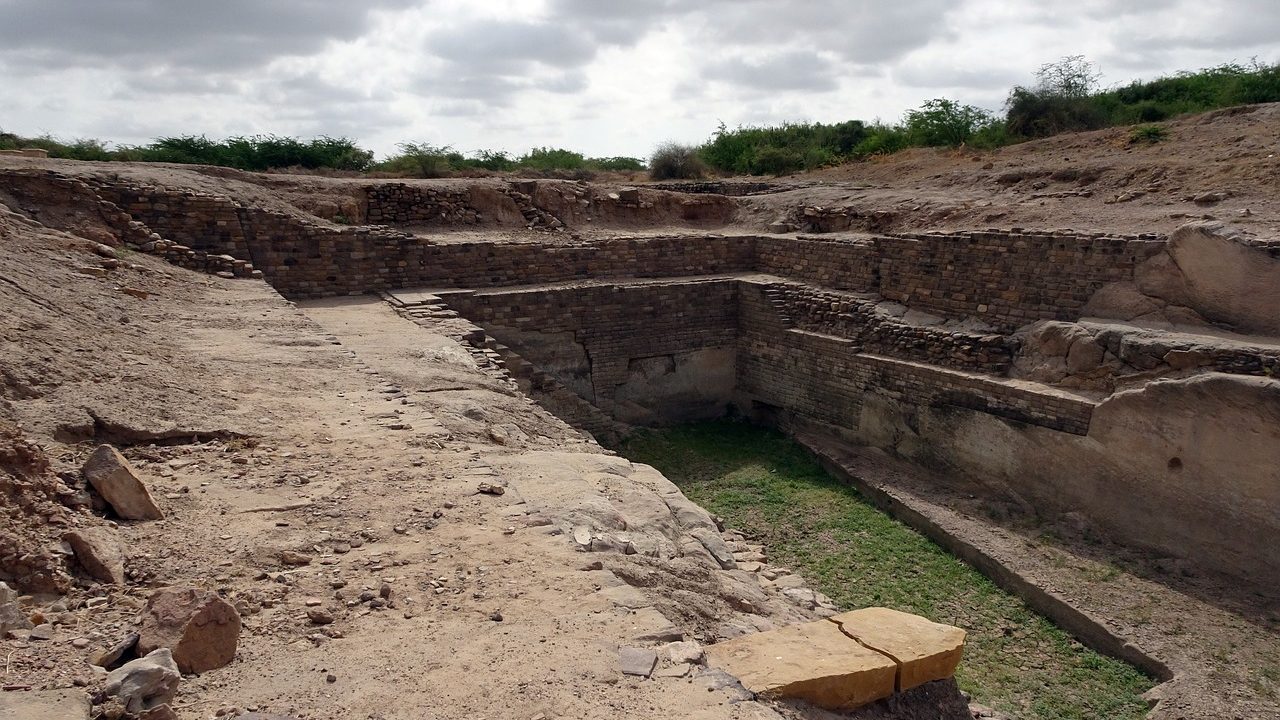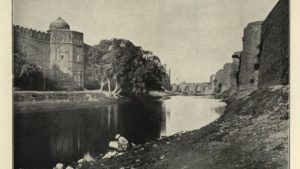The Indus Valley Civilization which is also known as the Harappan civilization is one of the world’s earliest civilizations. It is the earliest urban culture of the Indian subcontinent. The dates of the civilization are about 2500-1700 BCE, though the southern sites may have lasted later into the second millennium BCE. Among the world’s three earliest civilizations Indus civilization was the most extensive and the other two were Mesopotamia and Egypt. Its modern name derives from its location in the valley of the Indus River. The City of Harappa was the first one founded in the modern era. None of the names derive from any ancient texts because, although scholars believe that people of this civilization developed a writing system known as Harappan Script it has not yet been deciphered. The Indus Valley Civilization extended from modern-day northeast Afghanistan to Pakistan and northwest India.

The Civilization was first identified in 1921 at Harappa in the Punjab region and then in 1922 at Mohenjo-Daro, near the Indus River in the Sindh region. Both sites are in present-day Pakistan, in Punjab and Sindh provinces, respectively. The ruins of Mohenjo-Daro were designated a UNESCO World Heritage site in 1980.
The Indus Valley Civilization is known to have consisted of two large cities, Harappa and Mohenjo-Daro, and more than 100 towns and villages which were often of relatively small size. The two cities were each perhaps originally about 1 mile (1.6 km) square in overall dimensions. Their outstanding magnitude suggests political centralization, either in two large states or in a single great empire with alternative capitals.
It is also possible that Harappa succeeded Mohenjo-Daro. Mohenjo-Daro is also known to have been devastated more than once by exceptional floods. You can refer to a Bollywood movie named Mohenjo-Daro. The population was estimated to be around 23,500-35,000 in Harappa and 35000-41,250 in Mohenjo-Daro.
The Indus Civilization evolved from the villages of neighbors, using the Mesopotamian model of irrigated agriculture with sufficient skill to reap the advantages of the spacious and fertile Indus River Valley by controlling the formidable annual flood that simultaneously fertilizes and destroys. Despite the growing body of archaeological evidence, the social and political structures of the Indus “state” remain objects of conjecture. The houses of that time were great there were divergences in house types and size, pointing towards some degree of social stratification. The trade system at that time seemed big and well-organized. It brought raw materials from other places for making things locally, and then things were sent out to different places. The fact that everyone used the same weights and measures suggests that there was a lot of control by rulers over a large area.
Excavations of Indus cities have produced much evidence of artistic activity. Such findings are important because they provide insights into the minds, lives, and religious beliefs of their creators. Stone sculpture is extremely rare, and much of it is quite crude, such figures include seated men, recumbent composite animals, or in unique instances a standing nude male and dancing figure. There is also a small but notable repertoire of cast-bronze figures, including several fragments and complete examples of dancing girls, small chariots, carts, and animals. The popular art of the Harappa was in the form of terra-cotta figurines. The majority are of standing females, often heavily laden with jewelry, but standing males- some with beards and horns are also present.
ARTICLE BY – SMITHSHILL MACWAN | EDITED BY – SAHIL HARVANI



